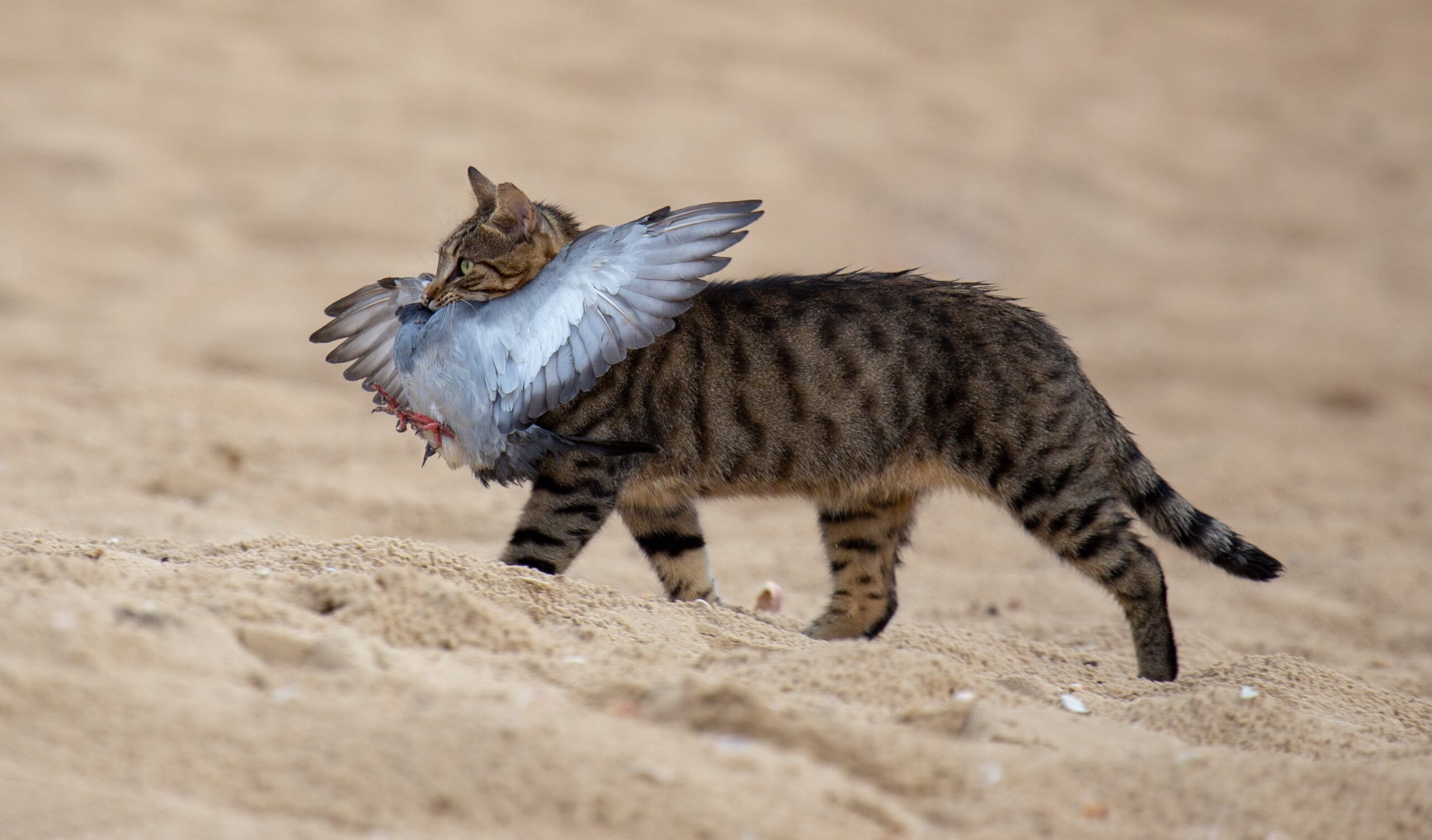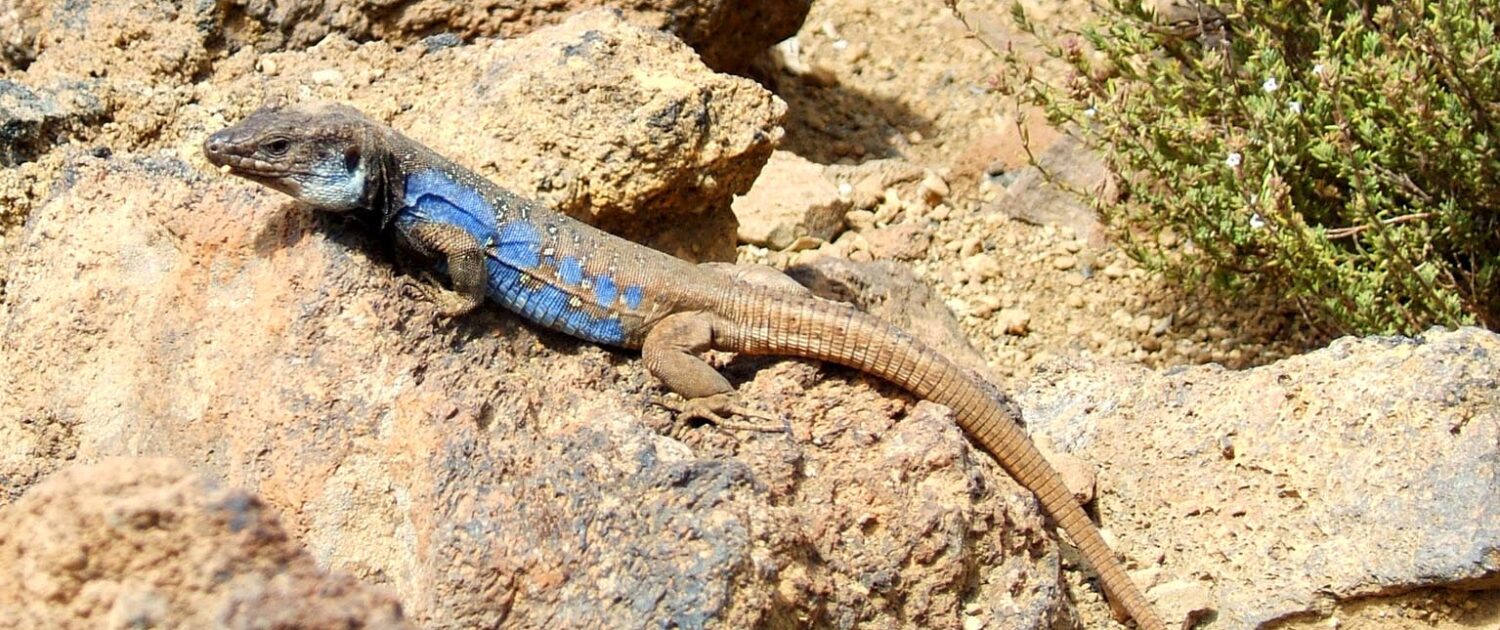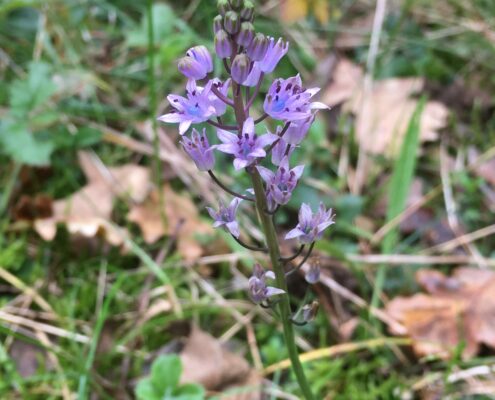 https://greenmarked.it/wp-content/uploads/2024/07/Bleachedcoral.jpg
768
1024
Paula Ruiz del Coro
https://greenmarked.it/wp-content/uploads/2022/01/LOGO-GREENMARKED-SITO-600x600.png
Paula Ruiz del Coro2024-07-01 22:02:332024-07-01 23:12:42The High Seas Treaty: Protecting Oceans’ Biodiversity
https://greenmarked.it/wp-content/uploads/2024/07/Bleachedcoral.jpg
768
1024
Paula Ruiz del Coro
https://greenmarked.it/wp-content/uploads/2022/01/LOGO-GREENMARKED-SITO-600x600.png
Paula Ruiz del Coro2024-07-01 22:02:332024-07-01 23:12:42The High Seas Treaty: Protecting Oceans’ BiodiversityOctober 02, 2023

The Spanish government has approved a new Law for Animal Wellbeing [1]. This new law is “stricter” than the previous one when it comes to the well-being and permits of certain animals, giving them some guarantees that were previously lacking. Even though it still does little to nothing against bull-fighting spectacles, it establishes many other things. For instance, it defines pets as subjects to the law instead of objects. However, the Spanish scientific community is being very critical towards it. Why?
Let us start with a concept that is getting more important each year: invasive species. These are defined by the International Union for Conservation of Nature (IUCN) as “animals, plants or other organisms introduced into places outside their natural range, negatively impacting native biodiversity, ecosystem services or human well-being” [2]. Invasive species are considered one of the main 5 threats to biodiversity, with similar importance to Global Warming and Climate Change, Ecosystem fragmentation, Pollution, and Overexploitation. Biodiversity’s five horsemen [3]. And invasive species is a tough one to deal with.
One of the most dispersed invasive species over the globe is an animal that everyone is quite familiar with: the cat.
Cats, those cute, little, and adorable fur-balls are actually top predators. Sure, they don’t look like it, but loose cats and domestic cats that are let out of the houses are among the main threats to native fauna.
It may seem a little bit exaggerated, but let us take the example of the Canary Islands. There, on each island of the archipelago lives a different species of Gallotia lizard. This endemic reptile exists only on their respective island, with no exception. Also, on each island, the lizard population is in grave danger of extinction because of domestic cats, and an introduced exotic snake, which act as the main predators of Gallotia lizards, by enhancing the local loss of biodiversity [4].

Fig. 1: Gallotia lizard on the rocks in Tenerife (2005). Photo by Petermann on Wikimedia Commons.
Cats are only an example of invasive species, one of the most visual and maybe, closest to us. But there are tons of examples, and not only animals are invasive. Plants, such as the Ailanthus, for example, or Robinia, are foreign trees that can act as refuge for invasive insects and displace native flora and fauna as well [5].
A couple of considerations regarding invasive species and how to deal with them. First of all, dealing with invasive species is one of the hardest tasks regarding biodiversity conservation. Once they are established in a place, it’s very difficult to remove them, and they displace native fauna and/or flora. They can also significantly alter the ecosystem. Having surveillance systems like some LIFE projects [6], and raising awareness among the population are actions that must be committed over time. In this last aspect, going back to the cat situation – even though it’s not an original idea, it’s being done already – cat owners, as well as exotic pet owners, should be educated about the threats and dangers their little and not-so-little companions could mean to their surroundings. The importance of not letting the cat outside the house (no, it does not hurt them and they actually have centuries of careful artificial selection to be staying-at-home pets) should be clearly explained.
A second consideration concerns the importance of ecologists, biologists, and generally, scientists, in these kinds of matters. A well-known scientific divulgator in Spain once said about Ecology that “[…]is that science that surely for the year 2000 will be some sort of code, will be the basis of the philosophy to which man, like any other living being, will have to live according to” [7]. Sadly, Rodríguez de la Fuente was not a great future teller, but the sentence could not be any less true. It’s being obvious that we have been ignoring ecology, and the natural laws of our planet for a very long time. We need to consider them, and listening to ecologists could be a first step. Let’s hope that the Spanish government first, and the rest of them later, start listening to Ecology.
Related articles:
References:
[1] Medina, M.A. (2023, 29 September). Entra en vigor la Ley de Bienestar Animal. Retrieved on 29 September 2020, from https://elpais.com/clima-y-medio-ambiente/2023-09-29/entra-en-vigor-la-ley-de-bienestar-animal-la-norma-que-nace-a-medias.html
[2] IUCN (2021, February). Issues brief: Invasive species and climate change. Retrieved on 27 September 2023, from https://www.iucn.org/resources/issues-brief/invasive-alien-species-and-climate-change
[3] S. H. Peh, K. (2023, 5 September). UN invasive species report reveals scale of threat to nature and people. Retrieved on 27 September 2023, from https://theconversation.com/un-invasive-species-report-reveals-scale-of-threat-to-nature-and-people-and-how-to-manage-it-212832
[4] Troytiño, I. (2022, 13 June). Avanza la investigación sobre las especies de lagarto gigante canario. Retrieved on 28 September 2023, from https://www.lavanguardia.com/ciencia/20220613/8335409/avanza-investigacion-sobre-lagarto-gigante-canario.html
[5] Farah, T. (2021, 10 March). El árbol del cielo es una especie invasora infernal. Retrieved on 24 September 2023, from https://www.nationalgeographic.es/medio-ambiente/2021/03/arbol-del-cielo-especie-invasora-podria-erradicarlo-este-hongo
[6] LIFE InvasAqua (2018). Retrieved on 30 September 2023 from https://lifeinvasaqua.com/
[7] Rodríguez de la Fuente O., (2020). Un hombre en la Tierra.
Cover and Preview image: Hunting cat. Free source photo by Gregory Atkats on unsplash.com










